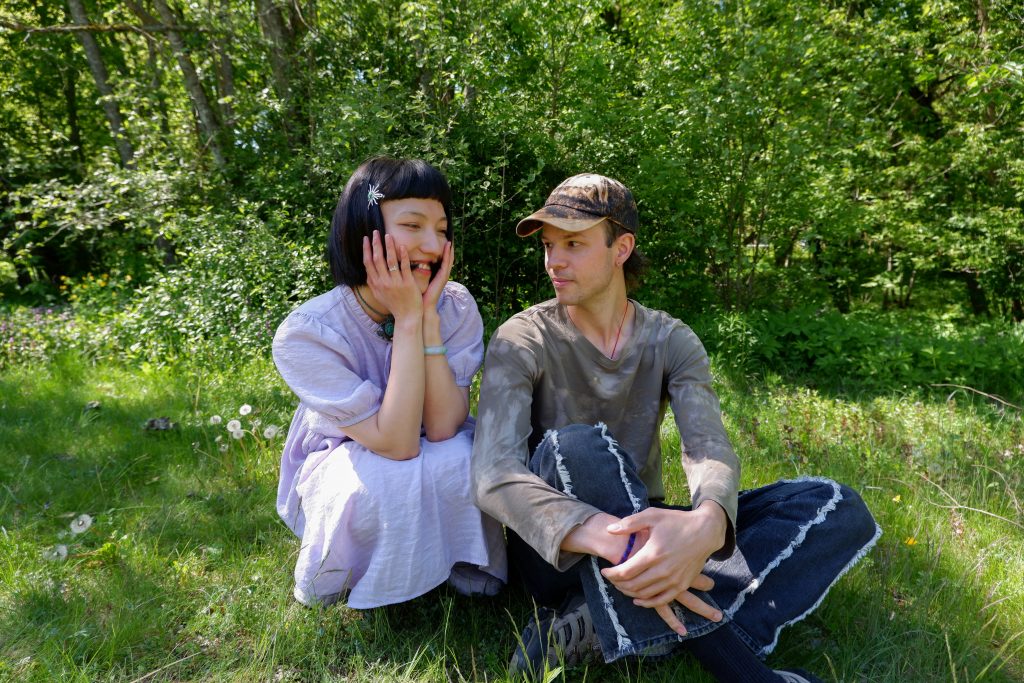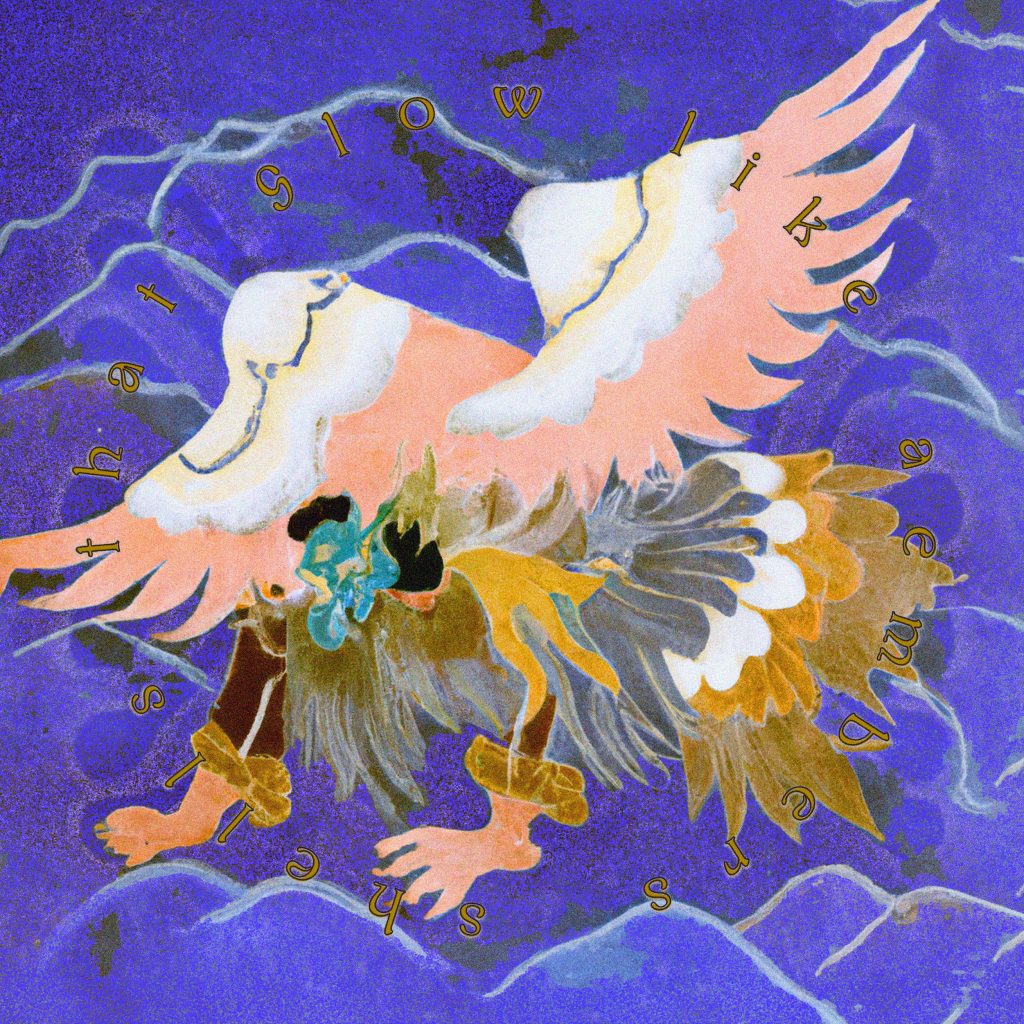Marijn Degenaar & oxi peng

Marijn Degenaar (aka. Circular Ruins) (NL/DE) is an artist working within the fields of sound, moving image and performance. His work explores dreams and psychedelia, fabricating together nuances of tones, rhythms, and textures to facilitate hypnagogic travel. Interested in pre-modern magical practices, mythology and their relation to non-human intelligence, Marijn aims to create “openings” for different kinds of perception. He holds a MA of Fine Arts and Design from Sandberg Institute, Amsterdam.
oxi peng (CH/DE) is a memory being that practices (embodied writing), creates (psychedelic poetry), and dreams (of pink tardigrade) softly. s/he/they/it/purr writes with darkness, water, sleep, yōkai, landscape, tentacles, bubbles, spirits, vulnerability and alien resistance of various kinds. shapeshifting among realities, one may discover pieces of oxi in shuyi cao’s “begin with the end of what comes before”; berglind thrastardottir’s “sunset peaches”; yenchun lin’s “here, a nut falls twice”; crosslucid’s “dwellers between the waters”; 33emybw’s “holes of sinian”, tianzhuo chen’s “trance”, and…
During their residency at Rupert, Marijn & oxi peng will develop an interdisciplinary ‘soni-mantic’ project ‘shells that glow like æmbers’ that explores the potentiality of sculpting sound into a semantic and spiritual practice which could be exercised collectively to cultivate our aesthetic sensibility. The project seeks to experiment with the act of reading as a process of sonic materialization to create a meditative listening experience for wandering in the deeper level of consciousness. Inspired by Daoism, the works of Pauline Oliveros, and the ancient belief of animism, the practice aims to guide the participants into a state of deep listening through what the duo coined as ‘Deep Reading’, that is, to experience reading as listening, as sensing, as casting spells — a form of ritualistic and magic practice.

‘shells’ is the first Deep Reading performance the duo created, based on the ancient Chinese text Shan Hai Jing (山海經), an encyclopaedia of mythic geography and fantastic creatures composed by unknown spirits in the 4th century BCE. This piece involves creating a sonic landscape that translates the semantic meanings of the selected text into frequencies and vibrations. Chanting the spirits of ancient wisdom through deep reading-listening, the sonic landscape is created through a combination of electronic and acoustic instruments, field recordings, and voice. The participants are invited to engage in the process of deep reading through active listening, becoming the sonic landscape, and eventually discovering possible paths to encounter the spirits that inhabit in the texts.